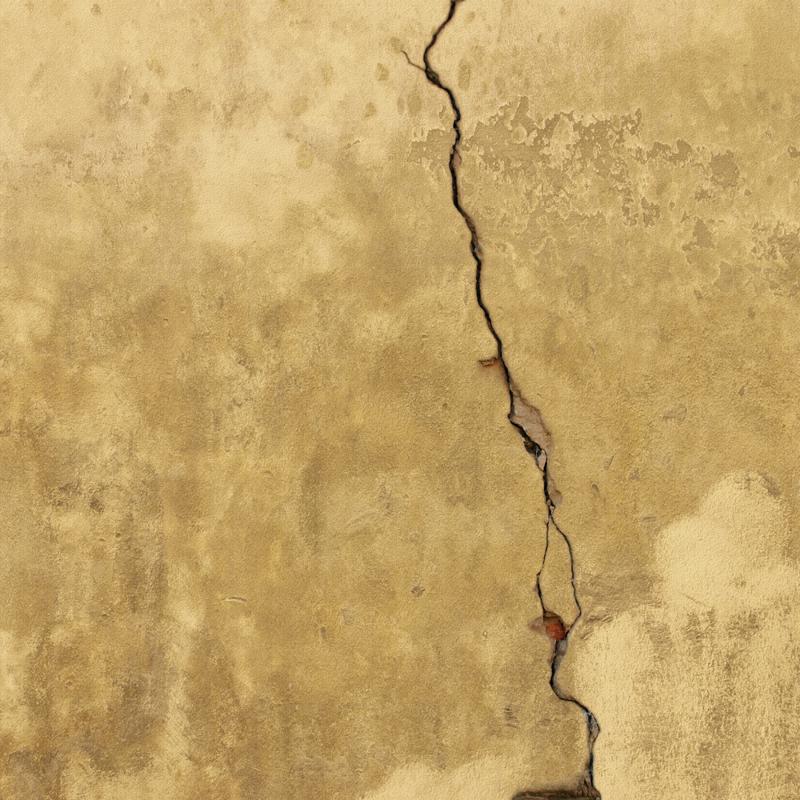A little tension cropping up in the C-suite from time to time is unavoidable – especially in light of a Harvard Business School study that found CEOs had twice as many direct reports in 2013 as they did in the 1980s. In general, it could be said that the potential for conflict in the C-suite rises in proportion to the number of senior managers present. So, when disagreements erupt, what are CEOs to do?
Taking the kintsugi approach
When asked to envision applying the Japanese practice of kintsugi to corporate conflict, people might imagine something along the lines of meditation or tai chi, but that’s not exactly accurate.
“Kintsugi, which means ‘to patch with gold,’ is the art of mending broken pottery with resin mixed with gold,” explained conflict resolution expert Dr. Tammy Lenski in an article for Mediate.com. “Instead of treating the break as something to hide, tea masters treat the repair with reverence, as part of the object’s history. The tea masters understood that by repairing the broken bowl with the distinct beauty of radiant gold, they could create an alternative to ‘good as new’ and instead employ a ‘better than new’ aesthetic. They understood that a conspicuous, artful repair actually adds value.”
But how can a pottery-mending technique employed by tea masters on the other side of the globe be applied to an undertaking like ameliorating C-suite conflict? In the end, it all comes down to how people approach things that are damaged or broken, be they shards of bowls or strained relationships with colleagues.
 Do you paper over the cracks in your C-suite or fill them in with gold?
Do you paper over the cracks in your C-suite or fill them in with gold?Rolling up the rug
Entirely too often, CEOs deal with conflict by essentially NOT dealing with it. In lieu of handling the discord, they may instead go about sweeping it under the rug and pretending it never happened. There are several different motivations for doing this:
- CEOs don’t think there’s time to get to the root of a complex issue, identify the source and proceed to handle the problem.
- The opposing sides appear too entrenched in their own positions to budge – any potential attempts at mediation seem useless, so the CEO decides he or she won’t even try.
- The CEO isn’t sure how to approach the situation in a way that will a) de-escalate it or b) not make it any worse.
“The scars of unresolved disagreements tend to linger.”
However they rationalize their failure to address C-suite tension, it’s important for CEOs to understand one simple fact: Just like the fine lines that mar a glued-together item of pottery’s once-flat surface, the scars of unresolved disagreements tend to linger – that is, unless the air is cleared and everyone involved is truly given the chance to learn from the experience.
Last year, we took a look at some ways to navigate conflict in the boardroom. There’s no singular tried-and-true tactic, but making an effort to address disagreements in the C-suite head-on will almost always turn out to be a better course of action than letting the tension continue to fester.
About Caldwell Partners
Caldwell Partners is a leading international provider of executive search and has been for more than 40 years. As one of the world’s most trusted advisors in executive search, the firm has a sterling reputation built on successful searches for boards, chief and senior executives, and selected functional experts. With offices and partners across North America and in London, the firm takes pride in delivering an unmatched level of service and expertise to its clients.